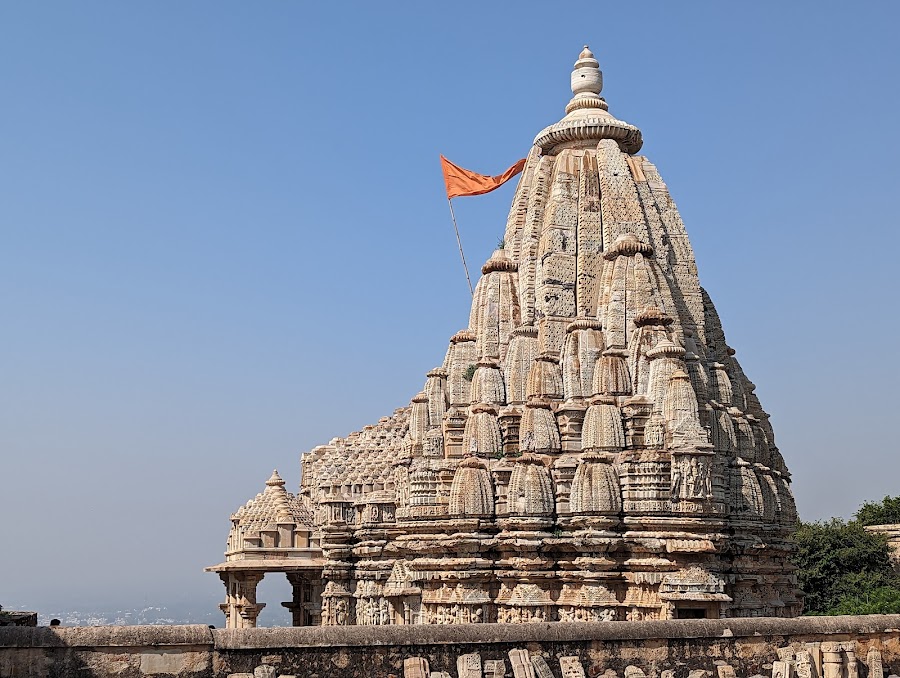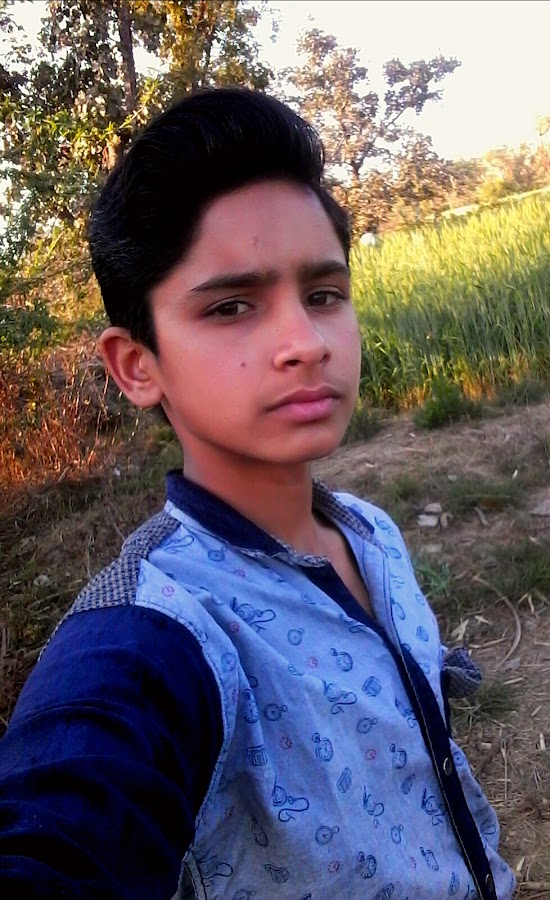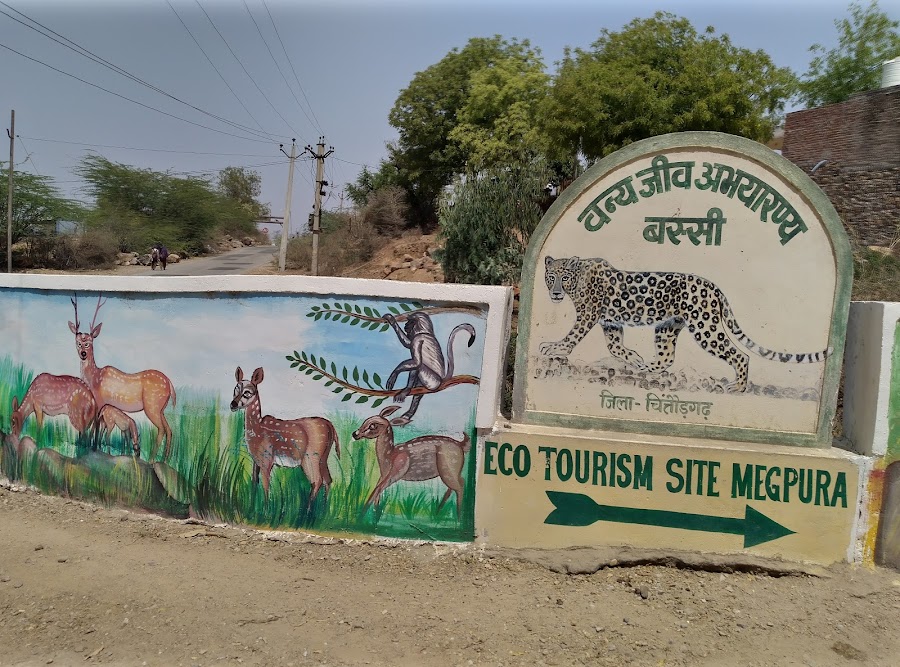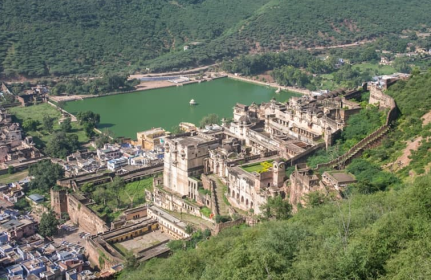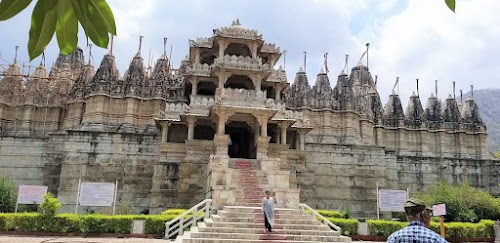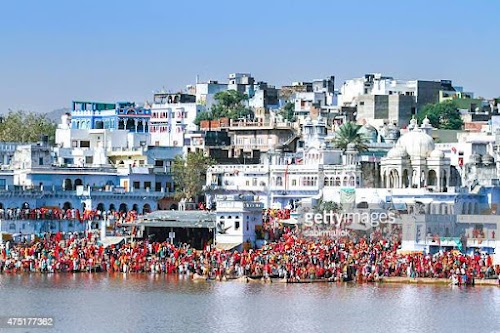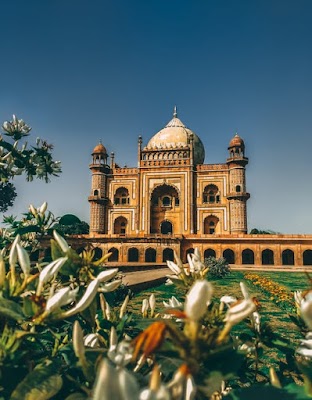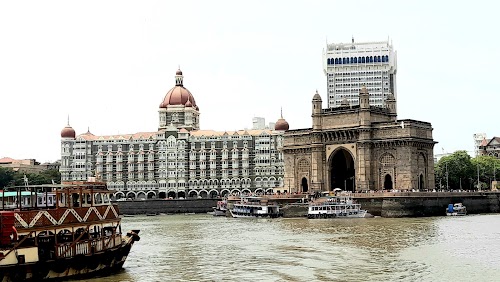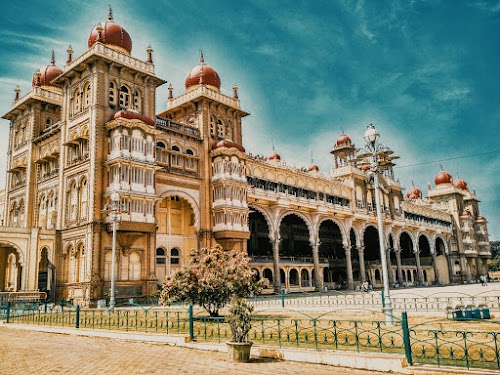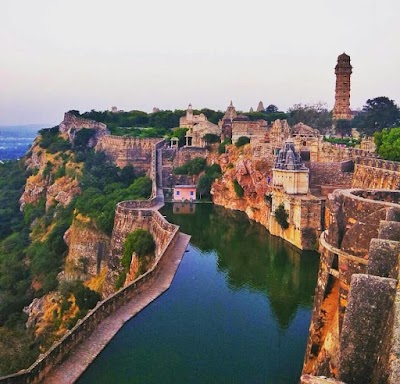
Chittorgarh, India
Chittorgarh, a city steeped in valor and sacrifice, is a major tourist attraction in Rajasthan, India. Dominated by the majestic Chittorgarh Fort, a UNESCO World Heritage Site, the city narrates tales of Rajputana bravery and resilience. Explore the imposing fort, dotted with palaces, temples, and towers, each echoing the stories of legendary figures like Rani Padmini and Maharana Pratap. Beyond the fort, Chittorgarh offers a glimpse into Rajasthan's rich cultural heritage, with its vibrant markets, traditional crafts, and warm hospitality. A visit here is a journey back in time, offering a profound understanding of India's glorious past.
Known for:
History:
Chittorgarh's history is a saga of courage and sacrifice. The Chittorgarh Fort witnessed three major sieges. The first was in 1303 by Alauddin Khilji, who was smitten by Rani Padmini's beauty. The second siege occurred in 1535 by Bahadur Shah of Gujarat, and the third in 1568 by Mughal Emperor Akbar. Each siege ended with 'Jauhar,' where women immolated themselves to avoid capture. The fort stands as a testament to the Rajput's unwavering spirit of independence and resistance against foreign rule. Maharana Pratap, a symbol of Rajput valor, is closely associated with the region, further enriching its historical significance.
How to reach:
Chittorgarh is well-connected by road, rail, and air. * **By Air:** The nearest airport is Udaipur (DABOK Airport), which is about 70 km away. From there, you can hire a taxi or take a bus to Chittorgarh. * **By Rail:** Chittorgarh Junction is a major railway station on the Western Railway network, with frequent trains from major cities in India. * **By Road:** Chittorgarh is well-connected by road to major cities in Rajasthan and neighboring states. State transport buses and private taxis are readily available.
Places in Chittorgarh, India
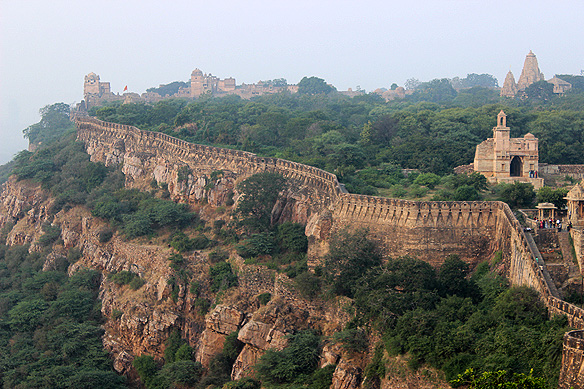
Chittorgarh Fort
Chittorgarh, India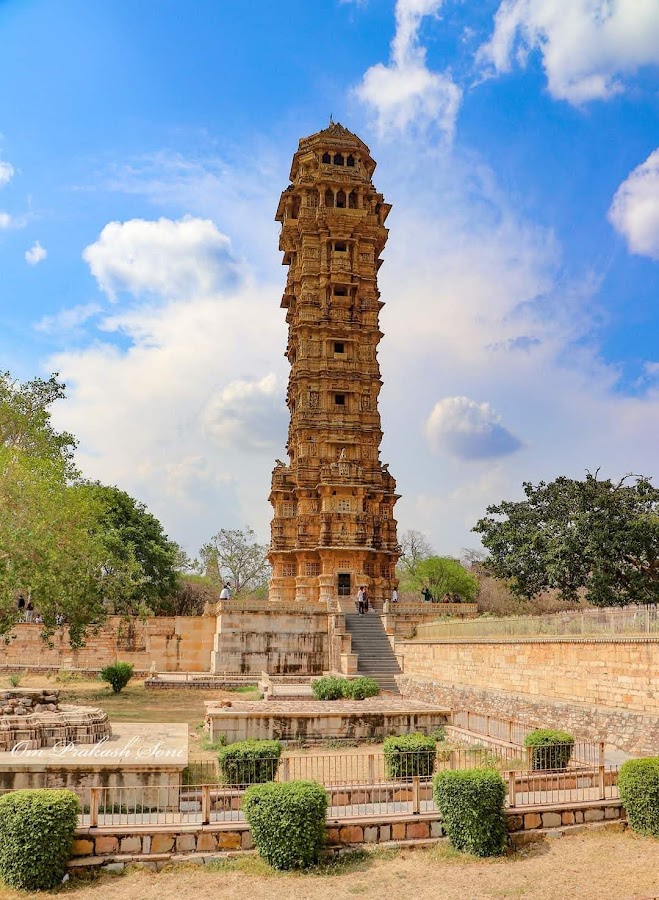
Vijay Stambh (Tower of Victory)
Chittorgarh, India
Jain Temples
Chittorgarh, India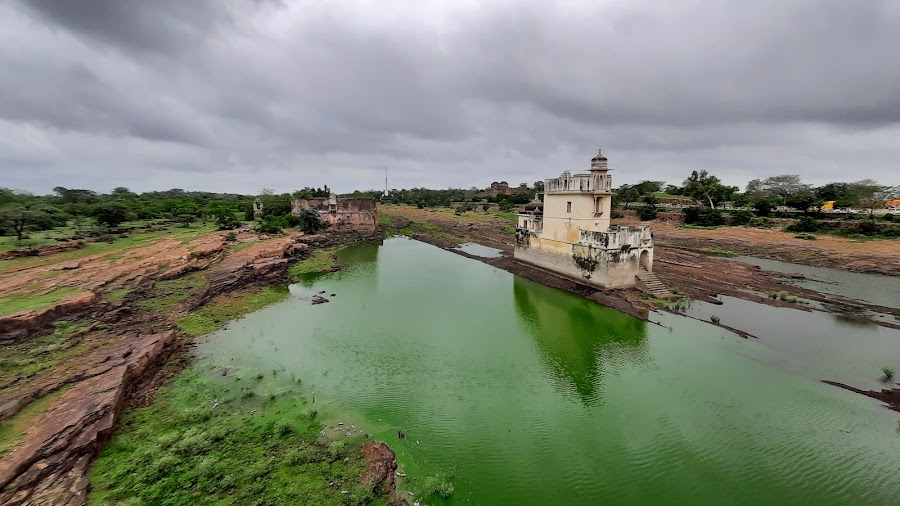
Padmini's Palace
Chittorgarh, India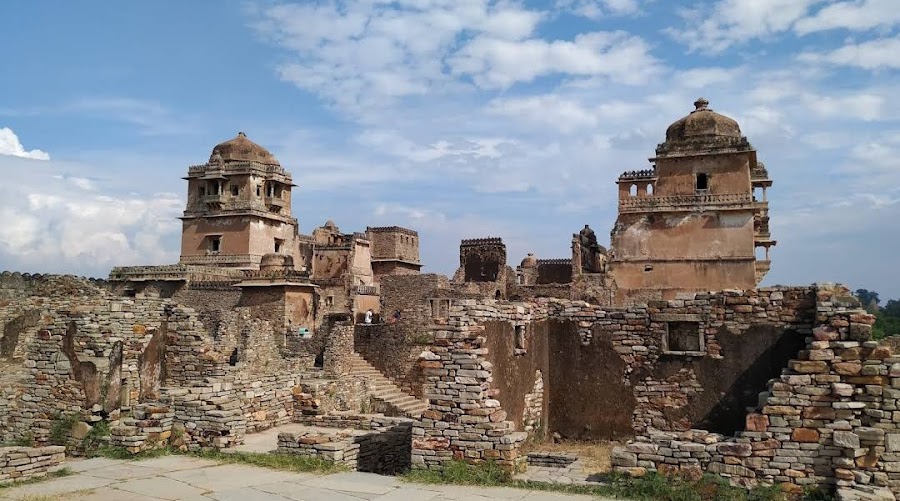
Rana Kumbha Palace
Chittorgarh, India
Kalika Mata Temple
Chittorgarh, India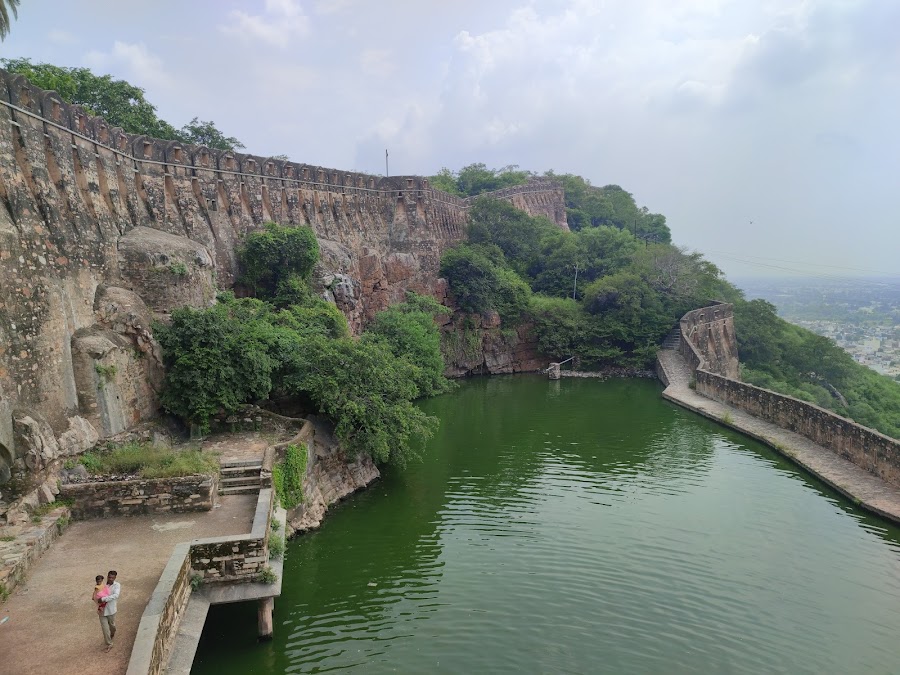
Gaumukh Reservoir
Chittorgarh, India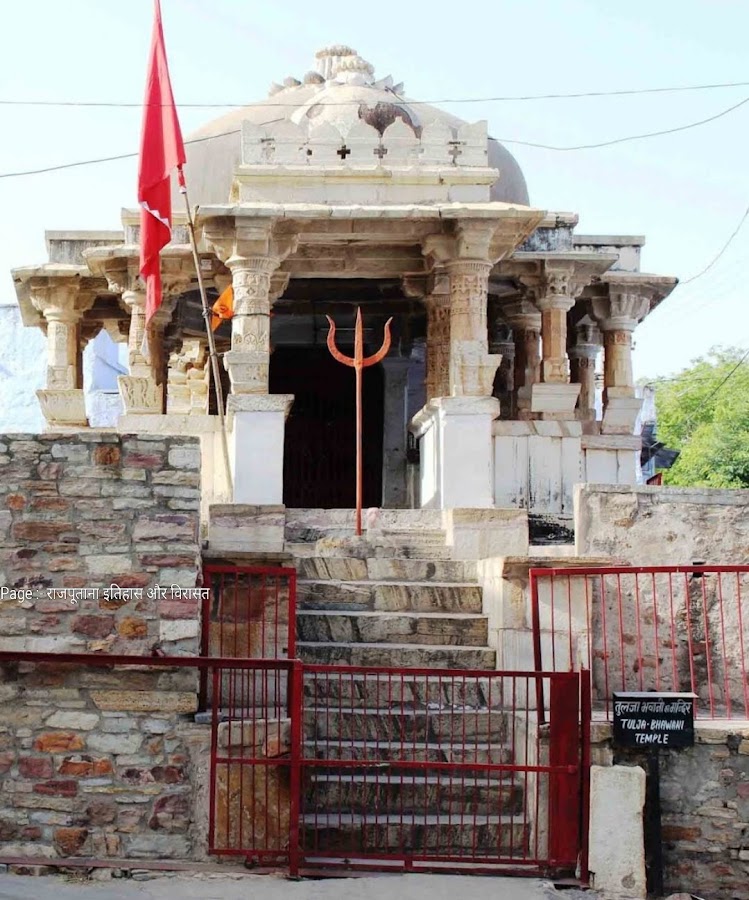
Tulja Bhawani Temple
Chittorgarh, India